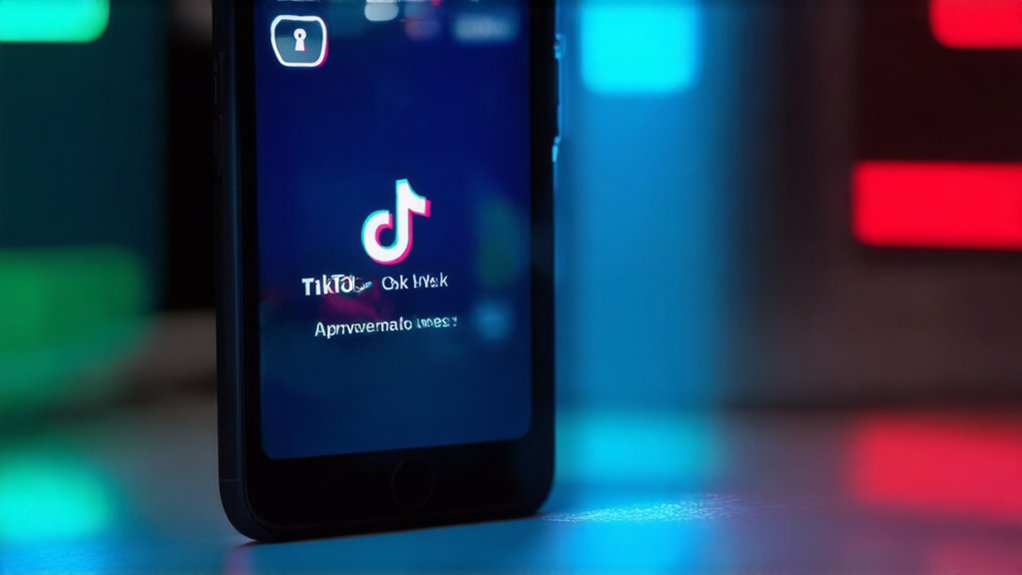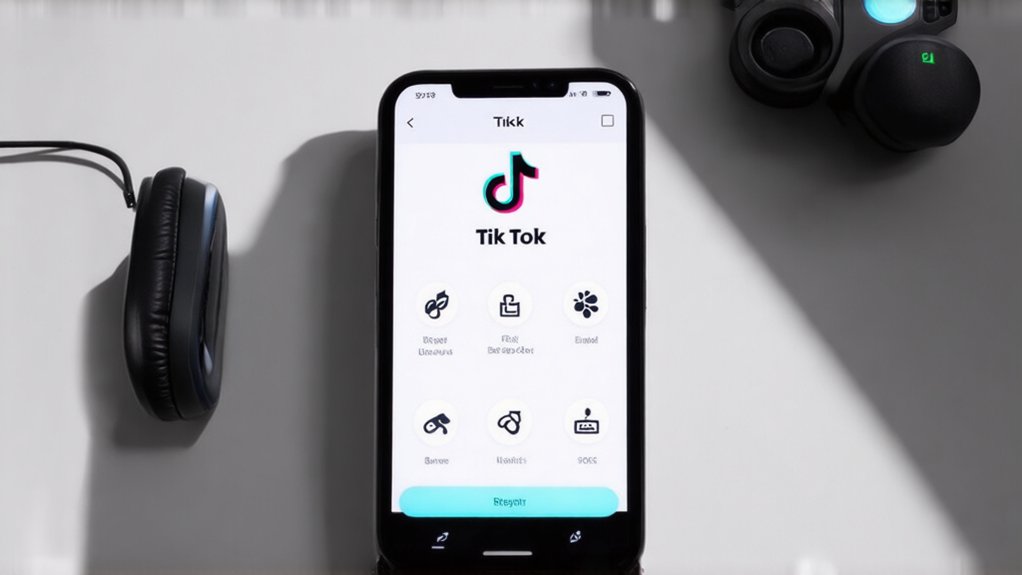How do brands guarantee their ads don’t appear next to questionable TikTok content? They couldn’t before—not reliably. But that’s changing. In April 2025, TikTok is expanding its Safety Suite with new ad exclusion features that should make brands breathe a little easier. It’s about time.
The platform is rolling out two main exclusion options: Video Exclusion Lists and Profile Feed Exclusion Lists. Fancy names for a simple concept—keep your ads away from stuff you don’t like. The Video list lets advertisers block specific video IDs, while the Profile list blocks certain usernames. No more awkward moments where your family-friendly product shows up next to that weird guy doing questionable challenges.
TikTok’s new exclusion tools give brands the power to dodge content disasters before they happen—finally.
These controls work in near real-time, giving advertisers granular control over where their ads appear. Let’s face it, brand safety matters. Nobody wants their luxury perfume hawked beside videos of teenagers eating laundry detergent. That’s just bad business.
Brands can manage these lists themselves through the Brand Safety Hub in TikTok Ads Manager, or they can outsource the headache to third-party partners. Companies like IAS, DoubleVerify, and Zefr use AI to analyze content frame-by-frame. Their robots decide what’s safe faster than humans ever could. These trusted partners help advertisers create and continuously refine their managed service lists for maximum protection.
The exclusion lists complement TikTok’s existing Inventory Filter, which already offers tiered content sensitivity levels. These new tools just make blocking more precise. And they apply account-wide, so advertisers don’t need to set them for every single campaign. Efficiency!
TikTok also released a 43-page “Brand Safety & Suitability Playbook” alongside these features. This comprehensive guide provides step-by-step walkthroughs for advertisers implementing these new controls. Because apparently some people need a novel to understand how to keep their ads away from controversial content.
The bottom line? Advertisers get more control, better brand alignment, and hopefully fewer PR nightmares. In the wild west of user-generated content, these tools might just make TikTok a safer bet for cautious brands. Maybe.




